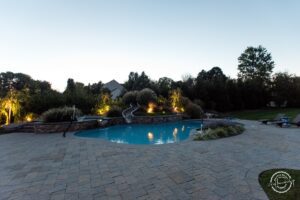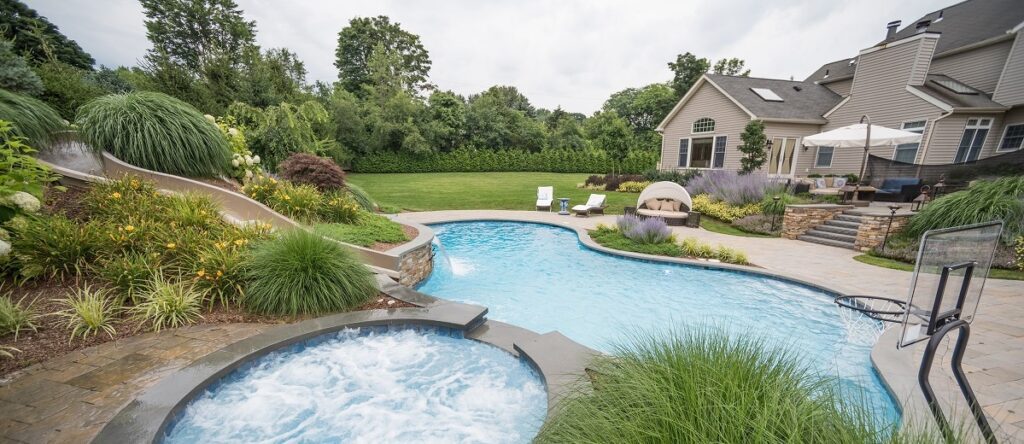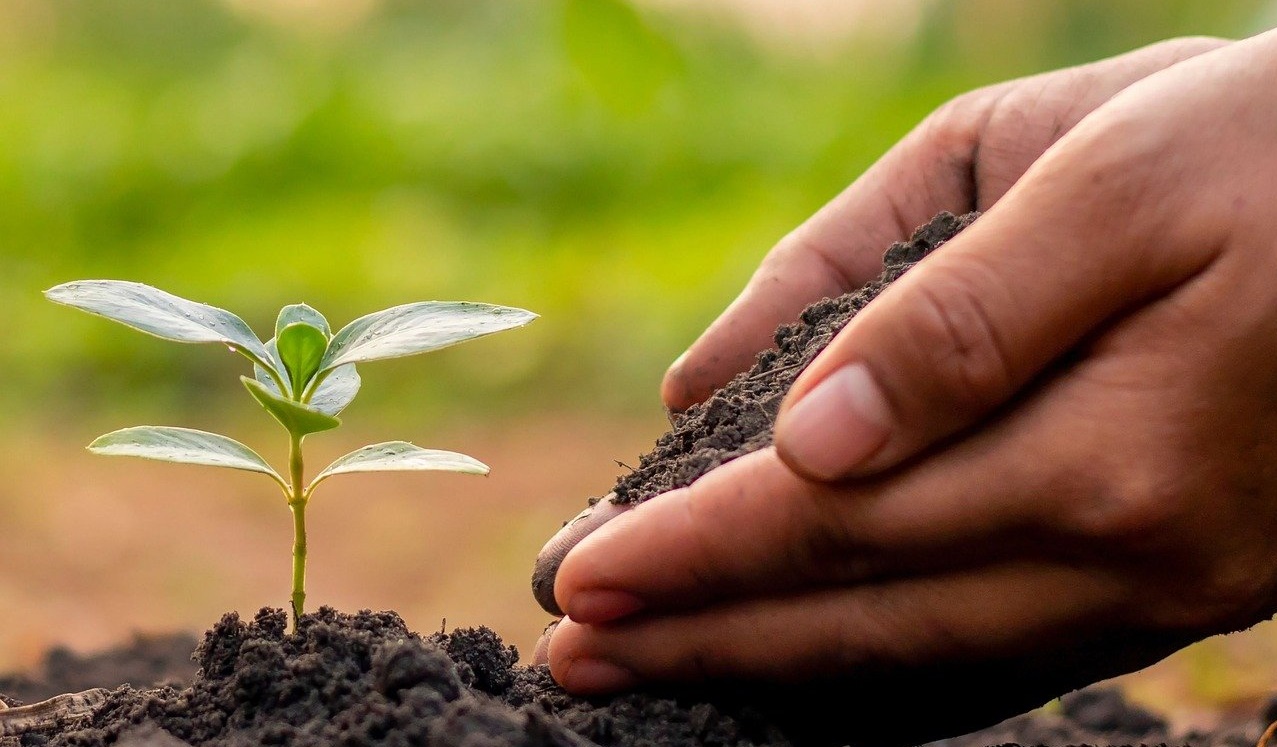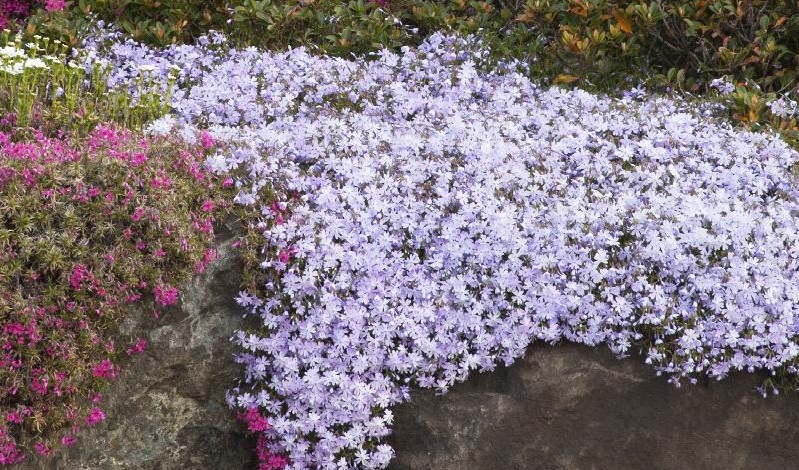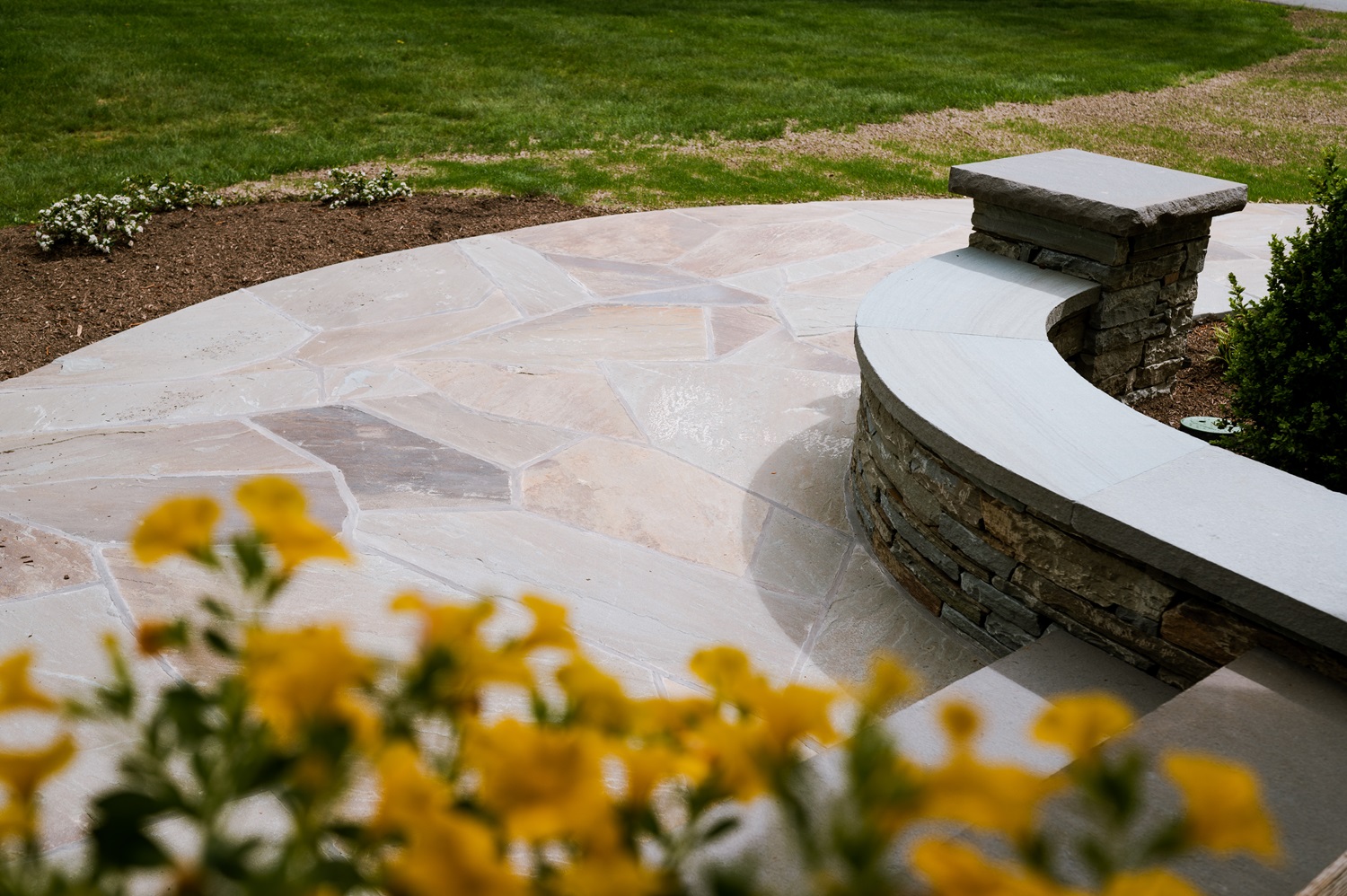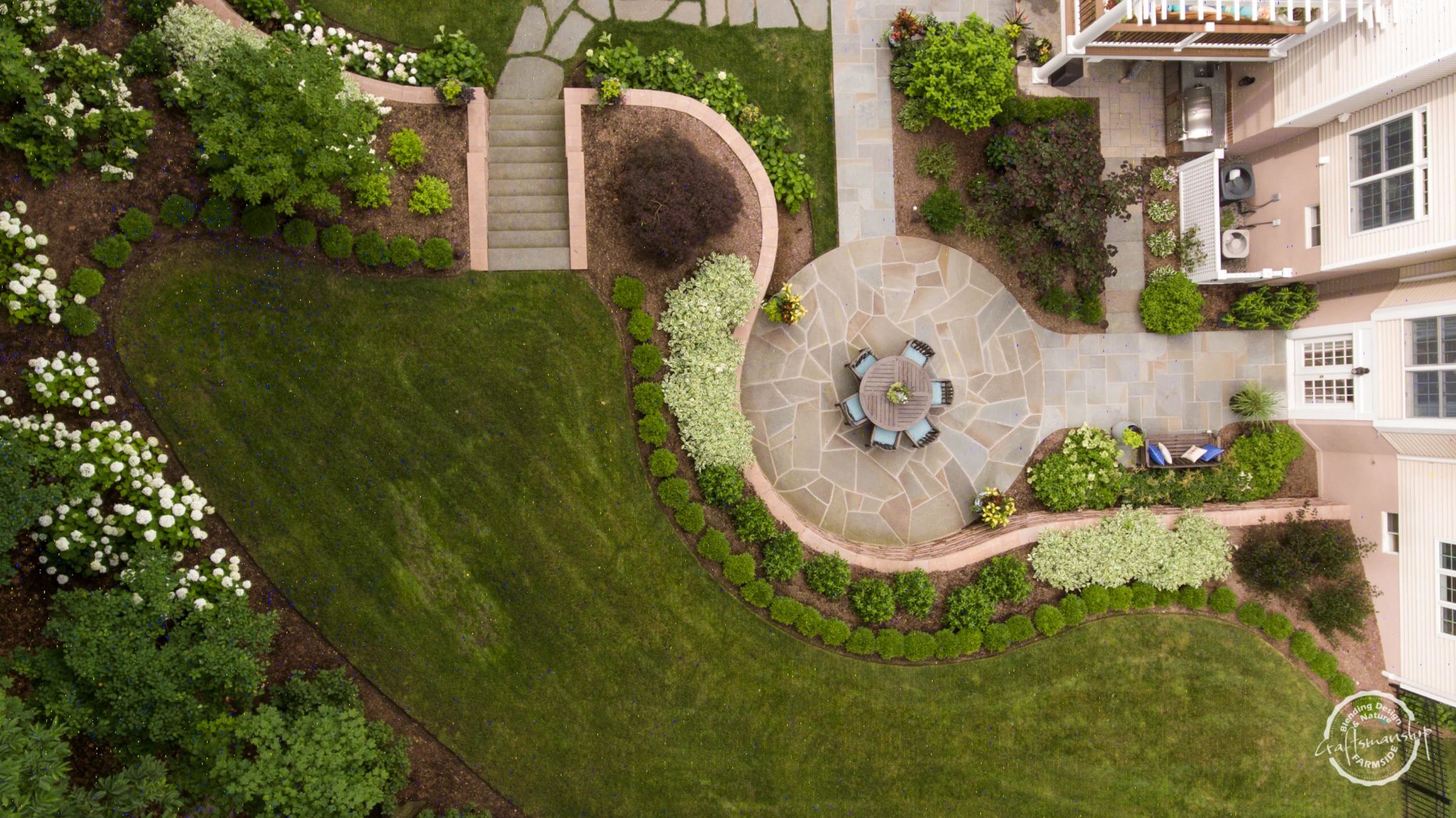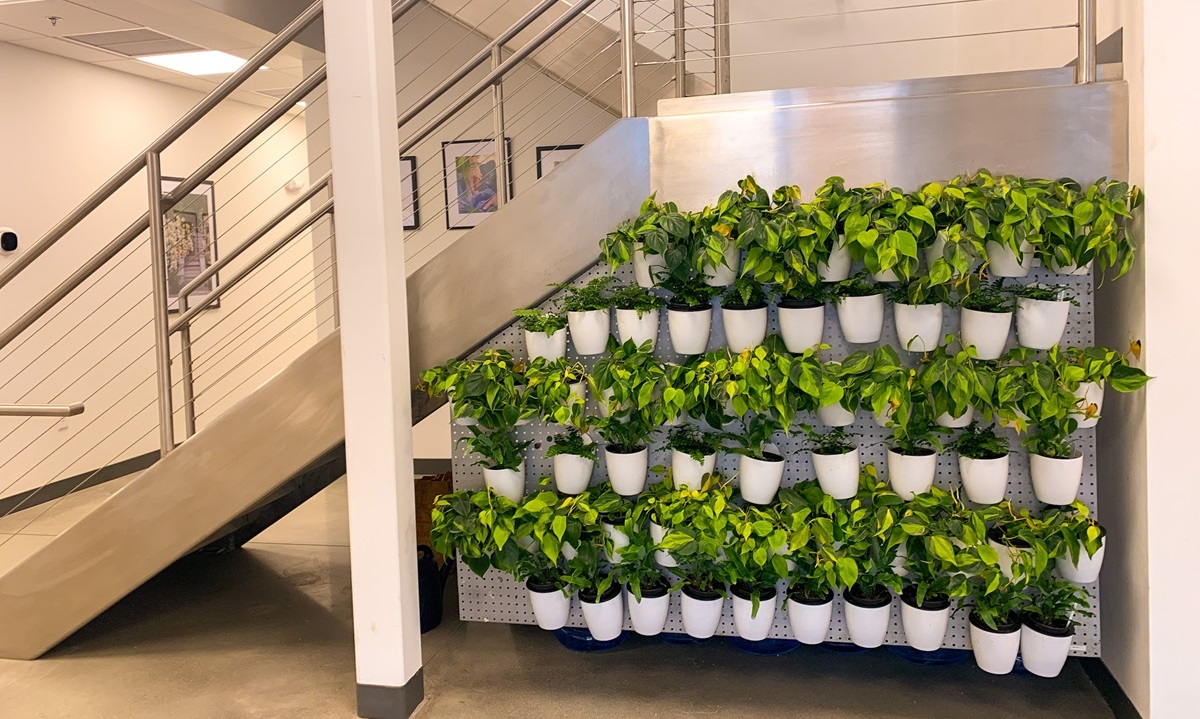Water features such as ponds, pools, fountains and waterfalls are a great addition to the landscape. Not only do they look beautiful, adding texture to the overall look of your yard, they can help block undesired noise, attract beneficial wildlife and pollinators and create a tranquil ambience perfect for relieving stress.
How popular are water features? According to an American Society of Landscape Architects Survey, 84% of architects will use some form of water in their designs and 86% say they will increase their use of water in the landscape.
The National Wildlife Foundation requires a water feature as one of the 5 necessary elements needed in order to get your outdoor space certified as a Backyard Wildlife Habitat. Along with hydration and bathing, water features can provide a refuge for local birds, pollinators, amphibians, dragonflies, migratory birds and native aquatic life.
Water features come in such a wide variety of types and sizes, that virtually anyone can have one. Here are some to consider:
Natural Pools – A kind of hybrid between a traditional pool and pond, natural pools look like ponds but have two zones – a deep, central swimming area and a more shallow regeneration area where water-purifying plants and micro-organisms grow.
About half the pool is dedicated to these aquatic plants, which are situated in gravel, with no topsoil, forcing them to extract nutrients from the water. Here, they absorb decomposing materials, bacteria and pollutants, converting them into plant tissue and thwarting algae growth. A small filter keeps surface debris like leaves in check. Water circulates with the help of a small pump, but also by the differences in water temperature in the deep and shallow zones.
Building materials used include stone, gravel and clay to create a natural, organic look to the body of water. A natural pool functions as a garden element as much as a recreational one, so there’s no need to cover it when summer is over. The plants in it will change throughout the season and grow over the years for an ongoing display.
Like ponds and even traditional pools, additional water features such as waterfalls and spillways can be added to natural ponds for their aesthetic beauty and soothing sounds.
Ponds – This category can range from a DIY-barely-larger-than-a-birdbath to a formal reflecting pool to a significantly sized body of water that includes, aquatic plants, fish and surrounding plantings for waterfowl and amphibians. You can pick up a basic pond kit at your local home improvement center or have a magnificent, multi-feature option installed by professionals (as well as many options in between!). The size of your property, your budget and your available time for maintenance will help you to determine which kind of pond best suits your lifestyle.
There are several elements essential to every pond, regardless of size: an underlayment, a liner, a filter, a pump, a water agitator and a covered GFCI outlet. A water agitator is used to keep the water moving and oxygenated, preventing stagnation and helping to stop algae from forming. This can include anything from a simple “bubbler” to a true fountain or a more organic looking waterfall or spillway.
The location of your pond is important. Too far from your home/patio and it will be easy to neglect. And there are building codes for how close to your home you can build a pond depending on size, etc. Ideally a pond should have sun in the morning and shade in the afternoon. This will allow the plants to get adequate sun for growth, but keep the water cooler to discourage algae growth. If you can, avoid placing your pond directly underneath trees, since it will require dedicated maintenance to clear falling leaves, needles, seed pods and branches that will quickly clog your pond, filters and pumps.
List of Things to Consider When Building a Pond
- Children and Pets – In some locales, ponds deeper than 18” need to be surrounded by a fence. Drownings can occur in as little as 2 inches of water, so bear this in mind if you have little ones and/or pets.
- Fish – If you’d like to include fish in your pond, in our area, a depth of at least 3 feet is recommended. This will help prevent the water from getting too hot in the summer and freezing solid in the winter.
- Refilling – Ponds need to be topped off with water periodically, due to evaporation or water loss through splashing. Depending on the size and location of the pond, this can either be done with a water hose or via an auto-fill water valve connected to a buried water line. If you’re using city water and have fish, be sure to include a de-chlorinator directly in the pond.
- Electrical Power – A weatherproof GFCI outlet should be located at least 10 feet from the pond to power the pump. Be sure the electrical cable leading to that outlet is buried at least 18 inches deep.
Waterfalls – Waterfalls are an especially appealing element in the garden, adding movement and sound as well as aerating the water in ponds and pools to keep them oxygenated and free from algae, as well as attracting birds and wildlife. They’re a stunning addition to a terraced garden and can be designed to provide a soft, gentle flow over multiple layers of rock, or a dramatic drop from a higher elevation and everything in-between. A recirculating pump keeps the water moving, and there are endless design options for any size and space.
When it comes to your waterfall, keep size and scale in mind. You want this to look natural and blend into your surroundings, whether that’s a pond, pool or pondless waterfall. For example, if you have a flat yard, your waterfall should be no higher than 2-3 feet tall. Avoid making your waterfall too straight, since that will look artificial.
Pondless Waterfalls are simply re-circulating waterfalls and/or streams that don’t spill into a pond or pool. Water flows over a series of rocks, bowls, or other elements creating a relaxing garden feature. This low-maintenance option can look especially stunning in terraced landscapes, and is safer than a pond or pool if you have young children or pets. Incorporating a spillway helps to manage the direction and rate of flow of the water, ensuring that it flows where you want it to go.
Water Fountains – A classic garden water feature, fountains run the gamut from small bubblers or tap water spouts to elaborate architectural structures that function as garden focal points. These can be positioned in other water features such as ponds, pools or pondless waterfalls as well as remain as stand-alone features. Fountains offer the largest selection and variation when it comes to water features. Whether you opt for a simple, solar-powered fountain you can place in a birdbath or an illuminated cascading water element that becomes the visual center of your landscape, here are a list of things to keep in mind:
- Power sources for fountains include both hardwire and solar-power and water supplies can either come from your home’s main water supply or, for smaller fountains, filling the fountain by hose.
- Because water fountains typically don’t hold a lot of water, water can evaporate quickly, so regular maintenance includes checking there is adequate water in the fountain to ensure the re-circulating pump doesn’t become clogged or stopped.
- Along with checking your fountain regularly to ensure it has enough water, regular cleaning to remove algae slime and/or debris will keep your fountain functioning and looking beautiful.
- In preparation for winter, fountains should be drained before the first deep freeze. If the fountain is connected to the home’s water supply, a shutoff valve needs to be installed so you can turn the water off to prevent frozen pipes. Depending on the material the fountain is made of, you may want to place a protective covering on the fountain. If you do opt to cover, make sure your fountain doesn’t have decorative accents that may break if subjected to the weight of snow and ice on the cover.
Things to Consider for Your Water Features
IonGen Systems – Helps control algae without chemicals by slowly releasing copper ions into the water.
Automatic Dosing Systems – Accurately and consistently adds water treatments throughout the pond season, eliminating guesswork.
Floating Plant Islands – Can be used for deeper areas of your pond where there are no plant shelves. Soil remains intact while still allowing water in.

Image Credit: Mariani Landscape
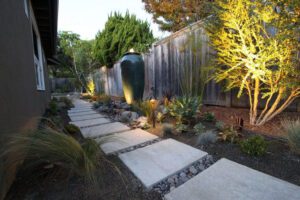
Image Credit: Premium Aquascapes
